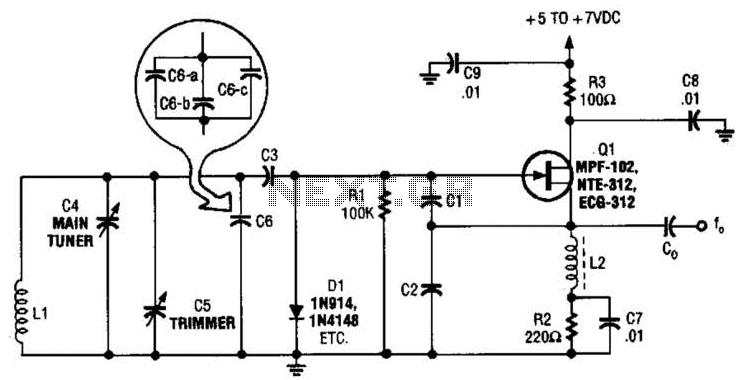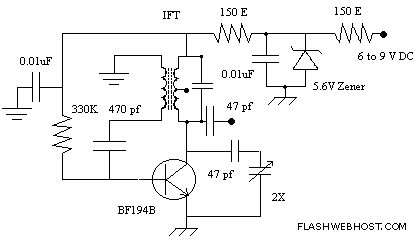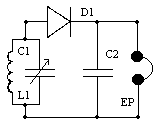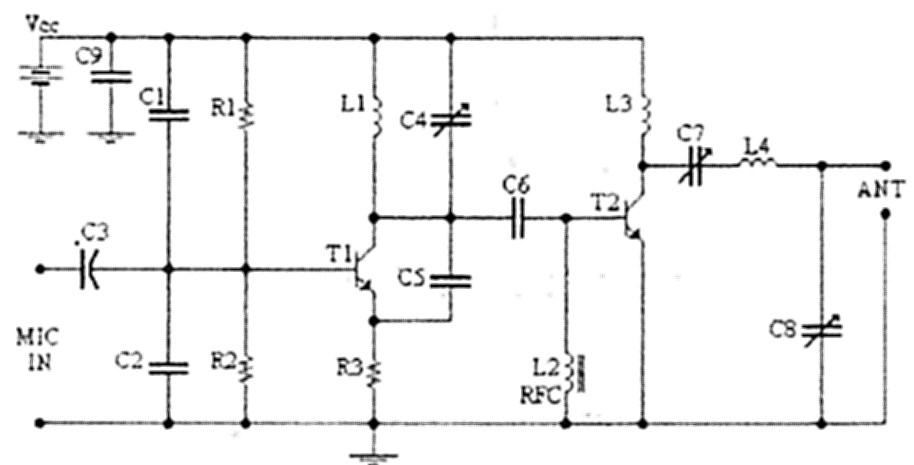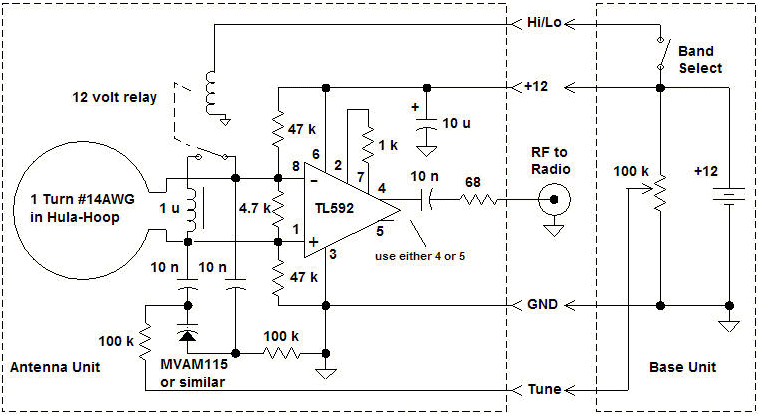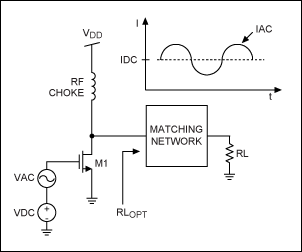
Antennas for HAM transmitters
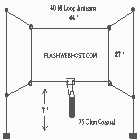
Antenna is the means by which a wireless operator puts his signal into the space and also through which he picks up the signals of the stations with which he wants to communicate. Hence after having a good Receiver and a Transmitter (or Transceiver), the next important item one should have to set up a ham radio station is a good antenna. More: The radio frequency power that is generated in the transmitter should be radiated in the form of electromagnetic waves. It is the job of the antenna to convert the RF power into radio waves and radiate them into the desired direction for effective communication.
An antenna is a critical component in any wireless communication system, particularly in ham radio setups, where effective signal transmission and reception are paramount. It operates by converting the radio frequency (RF) power generated by the transmitter into electromagnetic waves, which can propagate through the atmosphere. The design and type of antenna significantly influence the performance of the radio station, including factors such as gain, directivity, and bandwidth.
There are various types of antennas, including dipole, monopole, Yagi-Uda, and loop antennas, each suited for different applications and frequency ranges. A dipole antenna, for instance, consists of two conductive elements and is often used for its simplicity and effectiveness in a wide range of frequencies. A Yagi-Uda antenna, on the other hand, is more complex, featuring a series of elements that enhance gain and directivity, making it suitable for long-distance communication.
When setting up an antenna, considerations such as the operating frequency, impedance matching, and physical placement must be taken into account to optimize performance. The antenna should be positioned in a location free from obstructions to minimize signal loss and maximize radiation efficiency. Additionally, the feedline connecting the transmitter to the antenna must be carefully selected to minimize losses and ensure that the maximum amount of RF power is delivered to the antenna.
In conclusion, the antenna serves as the bridge between the radio equipment and the airwaves, playing a vital role in the effectiveness of communication. A well-designed antenna tailored to the specific needs of the operator can greatly enhance the overall performance of a ham radio station.Antenna is the means by which a wireless operator puts his signal into the space and also through which he picks up the signals of the stations with which he wants to communicate. Hence after having a good Receiver and a Transmitter (or Transceiver), the next important item one should have to set up a ham radio station is a good antenna.
The radio frequency power that is generated in the transmitter should be radiated in the form of electro magnetic waves. It is the job of the antenna to convert the RF power into radio waves and radiate them into the desired direction for effective commun
🔗 External reference
An antenna is a critical component in any wireless communication system, particularly in ham radio setups, where effective signal transmission and reception are paramount. It operates by converting the radio frequency (RF) power generated by the transmitter into electromagnetic waves, which can propagate through the atmosphere. The design and type of antenna significantly influence the performance of the radio station, including factors such as gain, directivity, and bandwidth.
There are various types of antennas, including dipole, monopole, Yagi-Uda, and loop antennas, each suited for different applications and frequency ranges. A dipole antenna, for instance, consists of two conductive elements and is often used for its simplicity and effectiveness in a wide range of frequencies. A Yagi-Uda antenna, on the other hand, is more complex, featuring a series of elements that enhance gain and directivity, making it suitable for long-distance communication.
When setting up an antenna, considerations such as the operating frequency, impedance matching, and physical placement must be taken into account to optimize performance. The antenna should be positioned in a location free from obstructions to minimize signal loss and maximize radiation efficiency. Additionally, the feedline connecting the transmitter to the antenna must be carefully selected to minimize losses and ensure that the maximum amount of RF power is delivered to the antenna.
In conclusion, the antenna serves as the bridge between the radio equipment and the airwaves, playing a vital role in the effectiveness of communication. A well-designed antenna tailored to the specific needs of the operator can greatly enhance the overall performance of a ham radio station.Antenna is the means by which a wireless operator puts his signal into the space and also through which he picks up the signals of the stations with which he wants to communicate. Hence after having a good Receiver and a Transmitter (or Transceiver), the next important item one should have to set up a ham radio station is a good antenna.
The radio frequency power that is generated in the transmitter should be radiated in the form of electro magnetic waves. It is the job of the antenna to convert the RF power into radio waves and radiate them into the desired direction for effective commun
🔗 External reference
